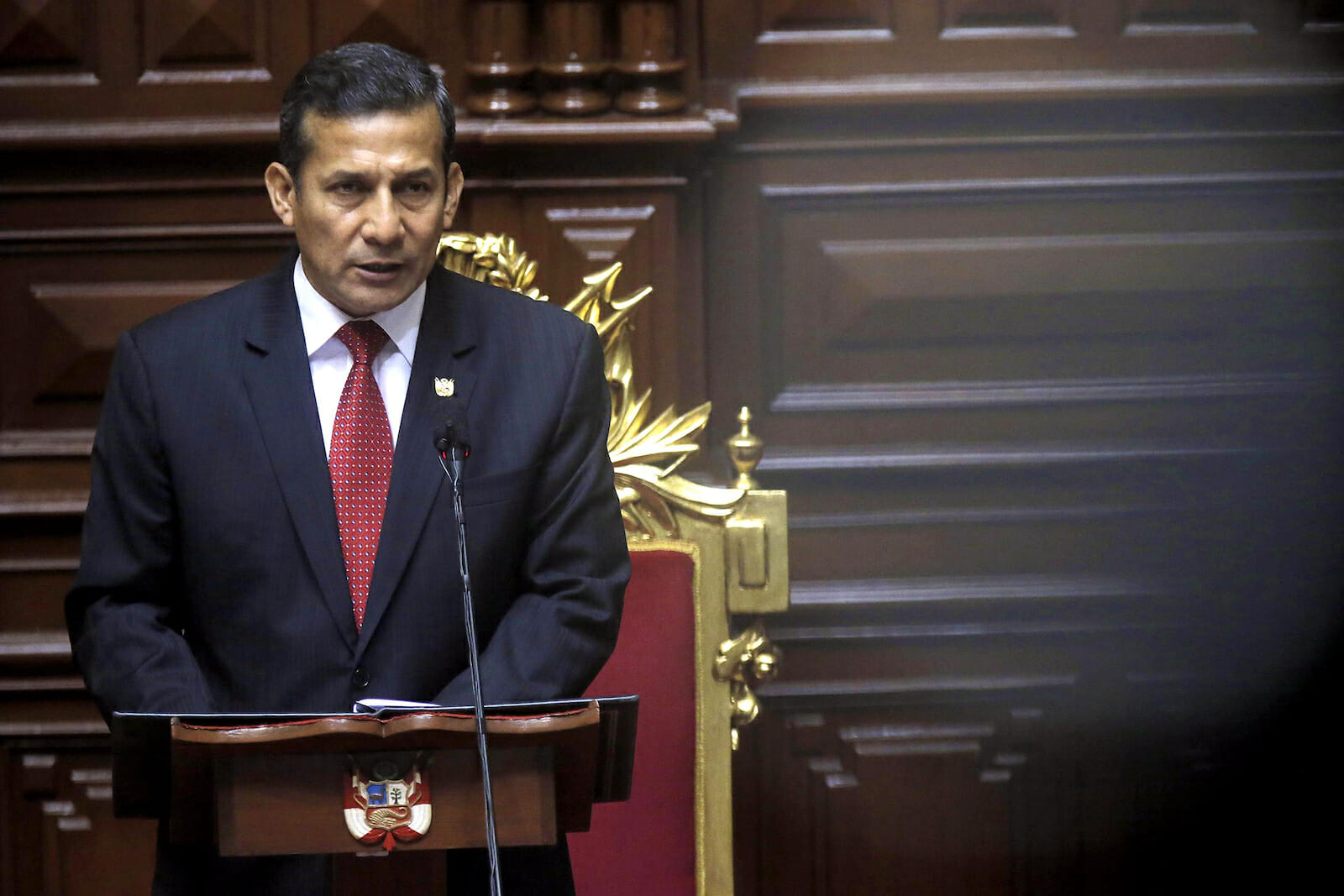
Peru and the OAS: Seeking a New Way Forward
Discontent throughout Peru’s rural communities over exclusionary government policies and expanding corporate intrusion was the backdrop for a December 6th and 7th Organization of American States (OAS) meeting in Lima. In the exhaustively titled, “Meeting of Government Experts on the Management of Socio-Environmental Conflict for the countries of Central America and the Andean Region,” representatives throughout the region sought new strategies to “strengthen the institutional capacities of governments in addressing socio-environmental conflicts through the exchange of information and the presentation of institutional mechanisms used to bring about solutions to these problems.”
Central governments throughout South America have struggled to placate indigenous and rural communities; populations that suffer disproportionately during economic contractions and are easily marginalized when markets expand. Many politicians have achieved the presidency by running on a populist platform; however, most have found it nearly impossible to fulfill the promises made to the people while attempting to grow the country’s markets. For many in South America, foreign investments are needed to reinforce social programs and modernize infrastructure, but these finances typically have caveats that undermine the livelihoods of the very populations they were intended to assist.
Currently, Peru is facing a crossroads where economic progress is contingent upon expanding the existing mining sector, but in order to achieve growth the country’s indigenous populations have been required to alter their living standards.
Open conflicts between the state and rural populations have come to define Peru’s economic growth for the past two years; a diametrically different environment than what the country achieved over the past two administrations. For over a decade, Peru’s economy has been expanding, on average, by 5.5 percent per year; a result that, as stated by the World Bank, stems from “a combination of good policies and good luck.”
Increasing world demand for minerals has been the primary catalyst behind the country’s success, which has been supplemented by the government’s interest in currency stabilization policies, initiated to entice foreign investment and foster a more competitive market. During a period when many other countries were forced to consider austerity measures, Peru’s poverty rate decreased from 49 percent in 2004 to 30.8 percent by 2012.
Lima has made substantial progress since the chaos that characterized the nation in the past. Efforts to liberalize the domestic market in the 1970s were undermined by the protectionist policies implemented in the 1960s; the nation’s weakened industries were not able to compete against foreign multi-national corporations. By 1978, the IMF had intervened and financed efforts to shore up, rather than modernize, the country’s languishing institutions, which only brought about brief stability. Contingent on wage controls and reduced tariffs, the austerity measures failed to correct the nation’s economic woes and eventually led to skyrocketing inflation and export stagnation.
It was not until the 1990s – after debt servicing was limited to 10 percent per year and the economy collapsed into hyperinflation – that the Peruvian government initiated the proper shock-therapy policies that placed the country on the correct path. Successive administrations strengthened Peru’s markets throughout the 2000s, creating a ‘tiger’ economy in a region many investors had written off since the 1980’s ‘lost-decade.’ Even with the country moving forward economically, inequality continues to impede national cohesion, leaving past administrations with poor approval ratings upon the end of their terms in office. This situation is an illustration of what can happen when strong economic growth fails to be reinforced by effective government programs. Many investments were directed toward fixing transportation infrastructure rather than strengthening social programs and government institutions. Focusing on transportation does benefit the economy, though these investments were primarily utilized to reinforce corporate operations rather than benefit society.
With 30 percent of the population remaining in poverty and 1.5 million people lacking access to potable water, gray and black markets were created by drug traffickers and paramilitary groups, fostering an increase in cocaine production and crime rates. Correcting these social ills was the primary focus for presidential candidates running for office in June 2011. In a narrow victory, Ollanta Humala won on the platform of designing a ‘new economic model’ to reduce crime and corruption, halt privatization in certain sectors, increase taxes on foreign corporations, and reform the nation’s pension fund. He also vocalized his commitment to strengthening the state’s education, medical, and government institutions, which will be necessary to ensure the economic boom’s longevity.
Upon entering office, President Humala enacted legislation to increase taxes on mining companies – though the companies remain in control of how 33 percent of the tax money will be spent – and force the public and private sector to consult with local communities before extraction projects could begin. After four months in office, President Humala found that he was unable to keep the promises to both sides – corporations and rural populations – and many community leaders began to feel as if “their opinions” were “not being considered by the government.” The push back from these communities has led to an outbreak in violence throughout the country.
With limited information regarding the “reflection, analysis and debate” that occurred during the OAS meeting in Lima, to date, one can only hope “the participating Member States” were able to identify the “mechanisms…for the appropriate management of these conflicts.” Economic development throughout South America is imperative for the region’s stability, but it can only be achieved when the government is willing to work with the population. President Humala would benefit from not only the establishment of new procedures for evaluating mining projects throughout the country but also finance initiatives that would be a greater benefit for the Peruvian people, such as expanding access to water and sanitation services.
With a massive infrastructure deficit and struggling population, Lima needs to decide on how to progress with its economic policies. Moving beyond social programs, the money received from foreign companies should be utilized to diversify the national economy and move it away from its reliance on one sector for national security and stability. Falling into ‘Dutch disease’ will only further undermine the country’s efforts to become self-sufficient.
South American nations have made great progress over the past decade, and the wealth of knowledge they possess would be an asset for the Peruvian people. Hopefully, President Humala heeds their advice and begins to properly confront the issues undermining Peru’s medium- and long-term national progress. If his administration fails to initiate an effective way to work with the Peruvian people, invest in social policies, strengthen the nation’s infrastructure, and diversify its export market, Peru’s economic progress will be short-lived.
